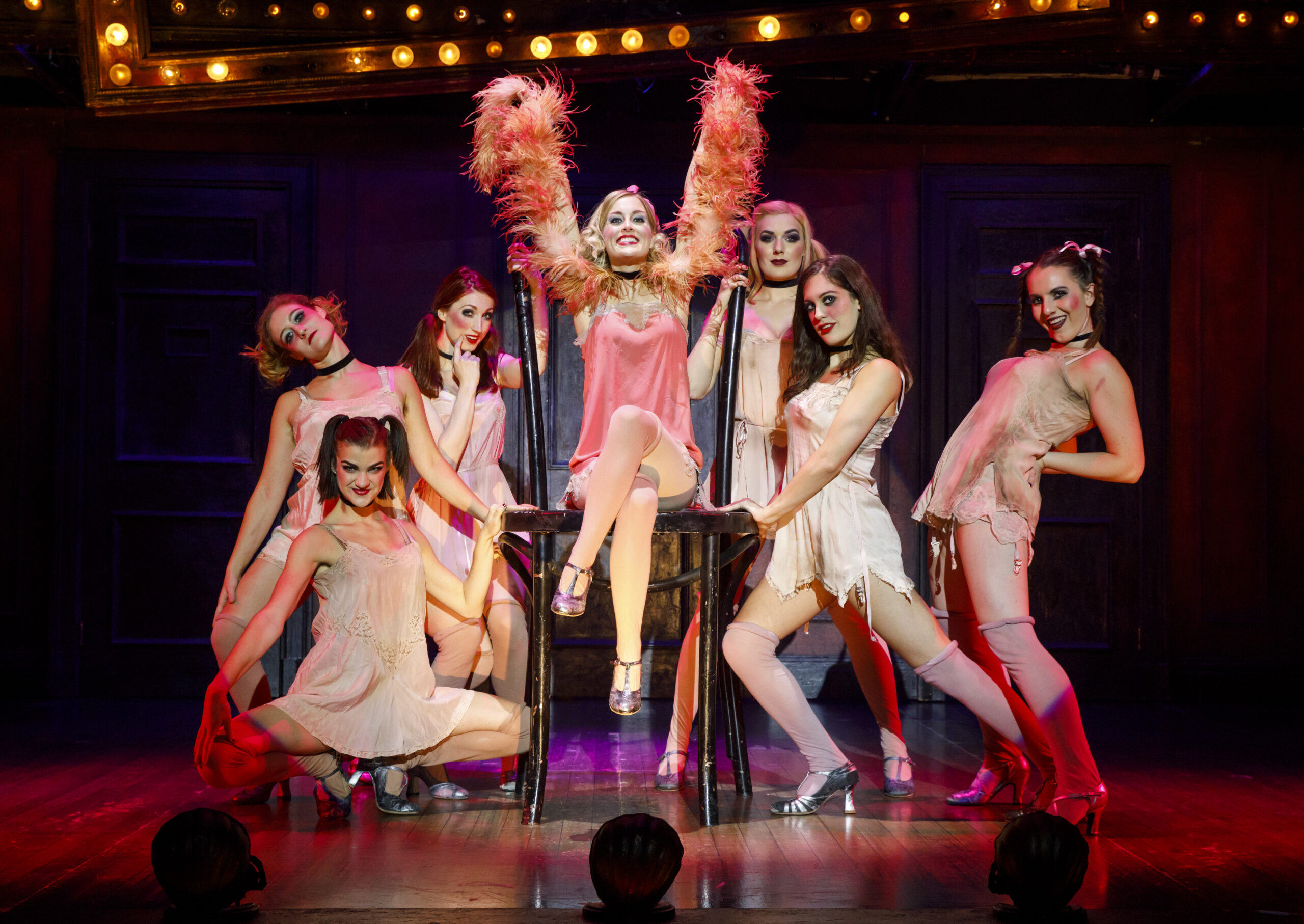When many people think of Cabaret, their first mental image is of Liza Minnelli sporting her iconic black pixie cut and blue eyeshadow, tipping her bowler hat to the audience. But the history of the musical is far richer than this piece of pop culture.
The story of Cabaret starts with Christopher Isherwood, one of the great literary giants of the late 1900s. In his well-known book, The Berlin Stories, he tells the story of a young man who watches the lives of Berliners just before the Nazis’ rise to power. One of the characters he follows is a young cabaret singer at the Kit Kat Klub, Sally Bowles. This character would later be made famous in 1972 when she was played by Liza Minelli, though other illustrious actresses would don the role such as Judi Dench, Emma Stone, and Molly Ringwald (to name just a few). Ironically, however, though Sally Bowles would become one of Isherwood’s most lasting legacies, he nearly cut her from the final edit of the book.
In The Berlin Stories, Isherwood begins with the line, “I am a camera with its shutter open, quite passive, recording, not thinking.” It was from that opening that Broadway playwright John Van Druten titled his 1951 adaptation of the Sally Bowles story, I Am a Camera. The first Sally Bowles onstage was played by Emmy, Grammy and Tony-awarding-winning actress Julie Harris. In fact, I Am a Camera earned her her first Tony for Best Leading Actress.
But the story of Sally Bowles and the Kit Kat Klub ignoring the world as it crumbles down around them didn’t stop earning Tonys there. In 1966, three men dared to take a risk and mount the dark story as a musical while cheerier shows like Hello Dolly! were at their zenith.
With the holocaust only 20 years in the past, Cabaret‘s look at the rise of Nazism and the people that it affected the most seemed like heavy subject matter. Throw in themes of sexuality and the show seemed to be doomed from the start.
But it wasn’t. When it hit Broadway it received rave reviews. Then, it was adapted into 1972 film directed by the inestimable Bob Fosse, starring Liza Minelli, Michael York, and Joel Grey. Though the movie changed the plot, took out songs, and added new ones, this would be the Cabaret most would remember for over two decades.
From there, Cabaret seemed to languish in the memory of Broadway fans until it was remounted by director Sam Mendes (American Beauty, Road to Perdition, Skyfall) in 1993, where it went on to win more Tonys. It would reinstate some songs from the original musical, and keep songs that were added into the movie. It also became edgier, focusing on the underlying darkness of the bright lights at the Kit Kat Klub that bid you to “forget your troubles.” The tragedy lies in the fact that soon, many of the audience and the cabaret performers would find themselves wearing badges that would determine their fate under the Third Reich.
The original musical replaced the curtain with a mirror so the audience would see itself reflected. The current rendition may not use a literal mirror, but it truly invests in the metaphor of it. Cabaret is a mirror for society, and it asks the question, “Will you be a camera, passively accepting what is happening?”
Cabaret is the culmination of the greatest artists of the 20th-century coming together to create a piece of art that is devastatingly relevant.
This edgier, critically acclaimed rendition of the much-beloved musical will be coming to the Lincoln Center April 19-21, 2018. The show contains mature themes, and seats start from $20. Tickets are available now.
